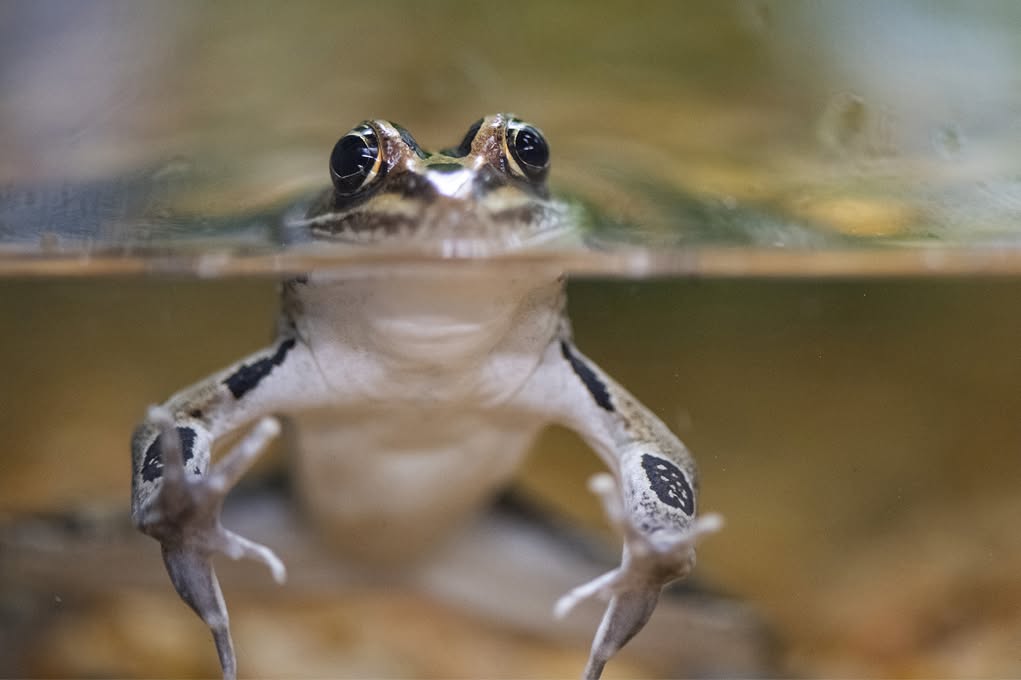- Introduction to Hoppy World Frog Day and its significance in wildlife conservation.
- A detailed overview of the endangered Northern leopard frogs, Pacific tree frogs, Western toads, and Great Basin spadefoot toad at the Cheney Discovery Center.
- The role of zoos and discovery centers in amphibian conservation efforts globally and locally.
- Educational activities and community engagement during Hoppy World Frog Day.
- Conservation strategies and future challenges in protecting endangered amphibian species.
Hoppy World Frog Day is not just a celebration; it’s an essential event highlighting the urgent need for amphibian conservation. Each year, enthusiasts and conservationists gather at the Cheney Discovery Center to appreciate and learn about some remarkable amphibian species. These species, including endangered Northern leopard frogs, Pacific tree frogs, Western toads, and the Great Basin spadefoot toad, are vital indicators of our ecosystem’s health.
The unique blend of endemic species housed at the Cheney Discovery Center provides an unparalleled opportunity to observe and understand. For instance, the Northern leopard frog, with its distinctive spotted patterns, has become a focal point of conservation efforts due to its declining habitat and population numbers. Their rich croak, once a common sound in marshes, now echoes concern among conservationists. These frogs are an indicator species, reflecting the health of their environment. The challenges they face, from habitat destruction to climate change, highlight the urgent need for protective measures.
Then there is the Pacific tree frog, renowned for its ability to change color, blending into its surroundings. This chameleon-like adaptation provides insight into evolutionary biology and highlights the adaptive capabilities imperative for survival. The Western toad, larger and more robust in appearance, plays its part too, contributing to the control of insect populations. These toads possess a unique feature: parotoid glands that secrete toxins deterring predators. The relationship between their physical adaptations and survival strategies is a topic of extensive research and enthusiasm among zoologists and conservationists.
Meanwhile, the Great Basin spadefoot toad, listed as a species of concern, is celebrated for its remarkable adaptation to arid environments. Its ability to burrow and escape harsh conditions is a unique survival technique that adds to the mosaic of amphibian diversity. Preserving the ecosystem balance for creatures like these toads and frogs is vital for the broader environmental picture.
The role of zoos and discovery centers extends beyond mere exhibition. They represent the frontier of conservation efforts, facilitating breeding programs, habitat restoration projects, and educational outreach. In the current era, when amphibians face threats such as pollution, disease, and urbanization, these centers have become sanctuaries. They provide controlled environments that mimic natural settings, ensuring amphibians can thrive and reproduce.
Breeding programs in zoos are critical for sustaining populations of endangered species. By simulating natural conditions, zoos can encourage reproduction among species like the Northern leopard frog and Great Basin spadefoot toad, creating assurance populations that might one day thrive in the wild once more.
Education is at the heart of Hoppy World Frog Day, merging entertainment and informative experiences into activities that engage participants of all ages. Interactive demonstrations on amphibian life cycles, hands-on experiences in creating frog-friendly habitats, and workshops on recognizing the calls of different frog species are just a few examples of the activities designed to educate and inspire. Each activity is crafted to impart knowledge about the ecological importance and conservation of these amphibians.
Community involvement is paramount in conservation efforts. Events like Hoppy World Frog Day invite the public to take part in citizen science projects, such as monitoring local amphibian populations or participating in habitat cleanup activities. These initiatives empower individuals to contribute directly to conservation efforts, bridging the gap between scientific communities and the public.
The path toward sustainable amphibian conservation is filled with challenges. As habitats shrink and climates shift, crafting effective strategies to mitigate these impacts becomes even more critical. Developing partnerships between scientific organizations, government bodies, and the general public is a step toward protecting these fascinating creatures.
A comprehensive approach to amphibian conservation involves addressing both immediate threats and long-term sustainability. This includes habitat preservation, legal protection, addressing pollution sources, and advancing scientific research. Continued education on the threats facing amphibians and the importance of their conservation is crucial in garnering public support for these efforts.
In conclusion, Hoppy World Frog Day serves as a vital reminder of the importance of conserving amphibian species. Through focused conservation efforts, education, and community engagement, we can work towards a future where Northern leopard frogs, Pacific tree frogs, Western toads, and Great Basin spadefoot toads continue to thrive. Visiting the Cheney Discovery Center offers a unique opportunity to witness these efforts and understand the fascinating world of amphibians.
*****
Source Description
Hoppy World Frog Day! 🐸 We are home to endangered Northern leopard frogs, Pacific tree frogs, Western toads, and a Great Basin spadefoot toad. You can see them all at the Cheney Discovery Center! Learn more at nwtrek.org/hoppy-frog-day

